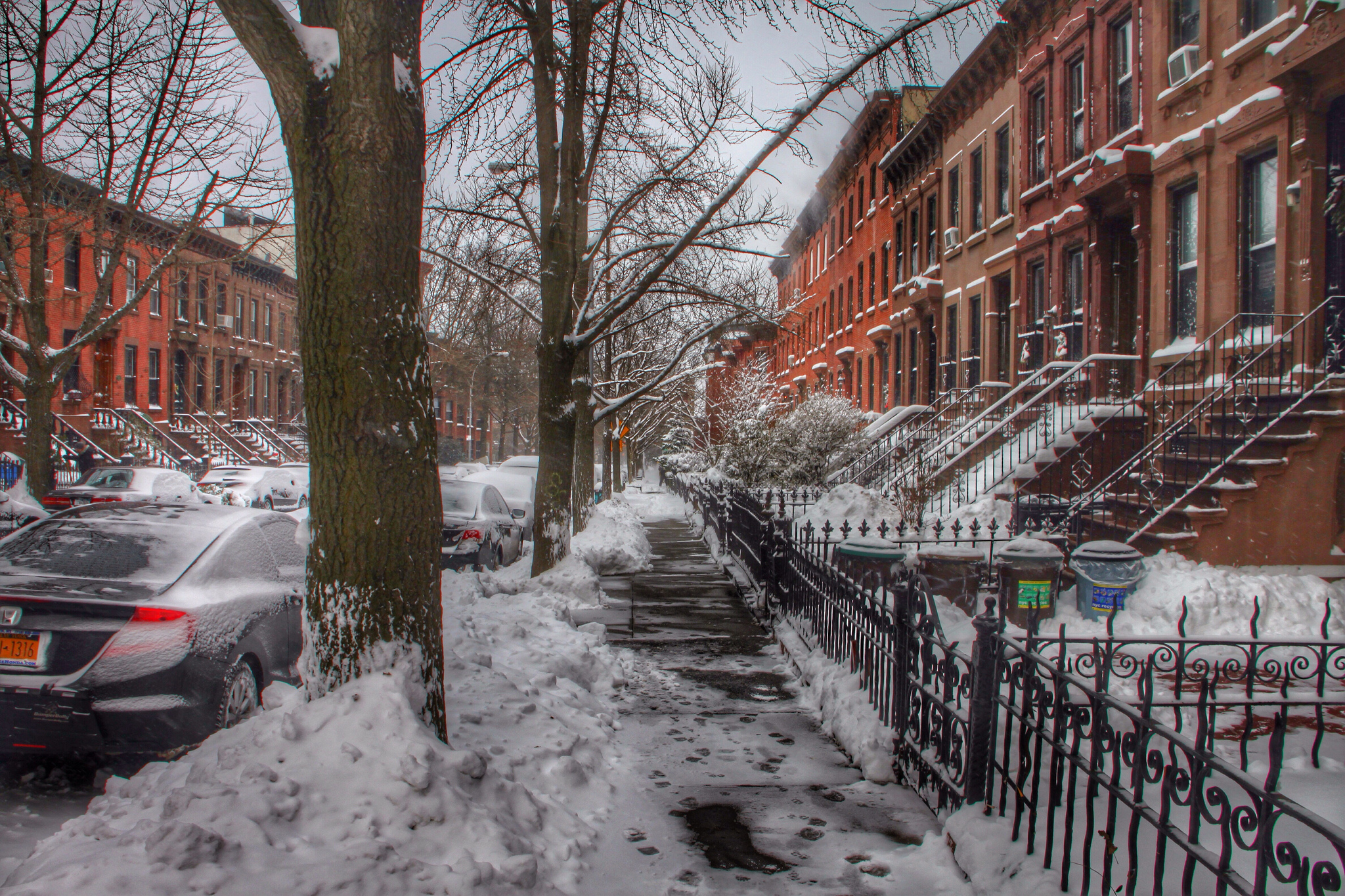Last Friday, we took part in a roundtable at the Washington Post’s Wonkblog on affordable housing. The conversation focused on a long-running debate about how best to address the affordability crisis in cities like San Francisco, and was sparked in particular by the new California Legislative Analyst’s Office report that found neighborhoods in the Bay Area with more market-rate housing construction were less likely to experience displacement of low-income residents.
Because there were several participants, space was limited. And although we’re generally familiar with the arguments, we didn’t get to see other contributors’ pieces before they were published. So we’d like to take the opportunity to respond to a few ideas here.
One big takeaway is that there’s much more overlap in the arguments than you might think. For example, Alex Karner of Georgia Tech’s planning school and Chris Benner of UC – Santa Cruz, who take a skeptical position with regards to the LAO study, agree that we need more housing supply: “The LAO report is correct that there is a housing shortage across California,” they say. And when they write:
We need innovative policies that move beyond the limited existing [affordable housing] programs. The most promising…would provide direct subsidies to create permanently affordable housing…. The question is whether we have the political will to overcome local opposition to new development and to change policies, like the mortgage interest tax deduction, that currently do more to subsidize middle- and high-income homeowners than struggling low-income renters.
…they sound very similar to what we’ve written at City Observatory, where we’ve criticized the limited scope of existing affordable housing programs, advocated for innovative new programs to give direct housing subsidies to the low-income, talked about the political difficulties of local development politics, and argued for cutting the wasteful and regressive mortgage interest tax deduction.
So where’s the rub? That comes with our differing views on whether new market-rate housing construction can help even if that housing is targeted at high-income households. For Karner and Benner—and Dan Immergluck, also of Georgia Tech’s planning school—the answer is no. “To be sure, more supply is needed,” Karner and Benner write, “but unless it is targeted to those who need it most, it will only help wealthier residents.” Moreover, they add, high-income housing is already well supplied.
Our view is that this makes a fundamental mistake by implying that some housing is inherently “high-end” and other housing is inherently “low-end.” In fact, nearly all “low-end” housing is just high-end housing that became cheaper as it aged—in wonk terms, it “filtered down.” In the same way, gentrifying neighborhoods don’t become expensive because all of their “low-end” buildings are torn down and replaced with new “high-end” buildings: in San Francisco, like Brooklyn, Chicago, and other US cities, the vast majority of people in gentrified neighborhoods live in homes that have been around for decades, a century, or more.
Rather, these older homes become expensive because wealthier people become willing to pay more for them. Sometimes, that’s because landlords do major renovations; but other times, it’s simply because the area has become more desirable as a result of job growth or just the growing demand for urban living, and those are the only places in the neighborhood to live. When a landlord finds that she has many people bidding for her apartments, she will tend to rent to whoever can pay the most—increasing the rent until lower-income people drop out of the running. Adding more housing to the neighborhood, even if it’s expensive, will divert some of those high-income people from bidding on older apartments—which means less competition between high- and low-income people for the same homes, and fewer old buildings that “filter up” to become more expensive.

Immergluck directly addresses this “filtering” problem. He admits that it is a major source of “naturally occurring” (or market rate) affordable housing, but goes on to say that the process simply doesn’t work in neighborhoods experiencing rapid gentrification, “because land values and rents rise as the neighborhoods become more desirable and developers bid up land values.”
Of course, we think it’s crucial make the why and how of rents being bid up: generally, it’s because the number of people wishing to live in a neighborhood grows faster than the number of places to live, and the latter is largely a result of legal restrictions on the kinds and number of homes that can be built.
Even so, there’s some agreement here, too. Some markets may be so far out of whack that it may be impossible to restore affordability—but they’re exceptional. It is certainly true that in the hottest urban neighborhoods, where the number of people who would like to move in is truly massive—think central San Francisco, or lower Manhattan—it would be very difficult to build enough market-rate housing to avoid so much competition for housing that low-end apartments “filter up” to become more expensive.
But for one, most cities and most neighborhoods are not like central San Francisco or lower Manhattan, and don’t have such overwhelming demand. And second, as Immergluck concedes, filtering can still work more broadly, “in the metropolitan context.” That’s crucial, as an increasing number of metropolitan areas don’t just have some unaffordable neighborhoods—the entire region is unaffordable, pushing lower-income people to other, lower-cost parts of the country. Arresting that trend, which has been called “the new exclusionary zoning,” is hugely important to creating equitable cities, and it can’t be done without building more housing. Thanks to filtering, that’s true even if, as will probably be the case, most of that new housing is built at the higher end of the market.

